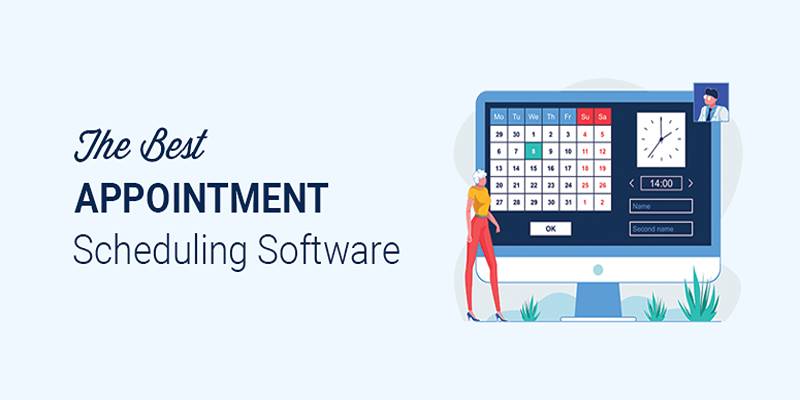Choosing the right mortgage is a critical step in your homebuying journey. With so many options available, it can be challenging to determine which one fits your financial situation, future goals, and risk tolerance. Two of the most common choices are Adjustable-Rate Mortgages (ARMs) and Fixed-Rate Mortgages. Both have their own unique benefits and potential drawbacks, making the decision highly personal.
Understanding Fixed-Rate Mortgages

Fixed-rate mortgages are tried-and-true. With this type of loan, your interest rate remains constant throughout the life of the mortgage, whether it spans 15, 20, or 30 years. This consistency provides stability and predictability, which is why many homebuyers gravitate toward it.
Benefits of Fixed-Rate Mortgages
- Predictable Payments: Fixed-rate mortgages make budgeting simpler because your monthly principal and interest payments stay the same throughout the loan term. This is particularly useful for long-term planners.
- Protection from Market Fluctuations: Regardless of how interest rates change in the broader economy, your rate stays locked in. You won’t be affected if rates suddenly rise.
- Better for Long-Term Commitments: If you're planning to stay in your home for many years, a fixed-rate mortgage may save you money in the long run. Even if rates drop, refinancing is an option.
Drawbacks of Fixed-Rate Mortgages
- Higher Initial Rates: Your initial interest rate with a fixed mortgage is typically higher than the starting rate for an ARM. This could mean higher monthly payments at the outset.
- Less Flexibility: If you're planning to sell your home or refinance within a few years, you might end up paying for stability you don’t actually need.
What Are Adjustable-Rate Mortgages (ARMs)?
Adjustable-rate mortgages, or ARMs, begin with a fixed interest rate for an initial period (usually 5, 7, or 10 years) before shifting to a variable rate for the remainder of the loan. After the initial period, the rate adjusts periodically based on market conditions.
Benefits of ARMs
- Lower Initial Rates: ARMs generally start with lower interest rates than fixed-rate mortgages, which can make them more affordable in the short term.
- Great for Short-Term Goals: If you plan to relocate, sell the property, or refinance before the adjustable period begins, an ARM can save you money.
- Potential for Lower Long-Term Costs: If market conditions remain favorable, your interest rate could stay low, saving you significant money throughout your mortgage term.
Drawbacks of ARMs
- Unpredictable Future Payments: When the initial fixed period concludes, your interest rate—and consequently, your monthly payment—may rise significantly, potentially putting pressure on your finances.
- Market Risk: ARMs require you to be comfortable with the possibility of rising interest rates. This makes them less appealing for risk-averse borrowers.
- Complicated Payment Scheduling: With potential fluctuations in rates, ARMs can make budgeting more complex compared to fixed loans.
Comparing ARMs and Fixed-Rate Mortgages
There are several key differences between adjustable-rate mortgages (ARMs) and fixed-rate mortgages, making them suitable for different types of borrowers.
- Interest Rate: The primary difference between ARMs and fixed-rate mortgages is the interest rate. While a fixed-rate mortgage has a consistent interest rate throughout the entire term, an ARM's interest rate can fluctuate based on market conditions.
- Adjustment Period: Another important distinction is the adjustment period. With an ARM, the interest rate changes after a specific time period, often every 6 months or once a year. This means that your monthly payments can vary as well. In contrast, a fixed-rate mortgage has a set interest rate for the entire term.
- Caps: Adjustable Rate Mortgages (ARMs) include caps to limit interest rate increases and reduce risk. Periodic caps control rate changes during each adjustment period, while lifetime caps set a maximum increase over the loan term. These safeguards offer borrowers more predictability and protection against large rate hikes.
Factors to Consider
1. Financial Stability
If you value predictable payments and have a steady income, a fixed-rate mortgage may provide peace of mind. However, if you anticipate an increase in your income or can handle rate variability, you might benefit from an ARM.
2. How Long You Plan to Stay
If you plan to stay in your home long-term, a fixed-rate mortgage is often the smarter choice. However, if you expect to move or refinance within a few years, an adjustable-rate mortgage (ARM) could offer significant short-term savings.
3. Risk Tolerance
Are you comfortable with the possibility of fluctuating interest rates? If not, a fixed-rate mortgage is the safer bet. ARMs carry more uncertainty but may suit those who can handle financial risks and want to capitalize on potentially lower rates.
4. Current Market Conditions
Mortgage rates can fluctuate based on the broader economy. If rates are low, locking in a fixed rate could be advantageous. However, in a high-rate environment, an ARM’s lower initial rate may be a smart choice.
Tips for Making the Right Choice

When deciding between a fixed-rate and an adjustable-rate mortgage, here are some tips to keep in mind:
- Consider your financial goals: If you plan to stay in your home for a long time and want stability and predictability in your monthly payments, a fixed-rate mortgage may be the better option.
- Consult with a financial advisor: It’s always a good idea to seek professional advice when making important financial decisions. A financial advisor can help you assess your options and determine the best choice for your unique situation.
Final Thoughts
Choosing the right mortgage is a critical step in achieving your financial and homeownership goals. By understanding the differences between fixed-rate and adjustable-rate mortgages, evaluating your future plans, and seeking professional guidance, you can make an informed decision that works best for your current situation and long-term aspirations. Take the time to research and weigh your options carefully to ensure a secure and confident path forward.












